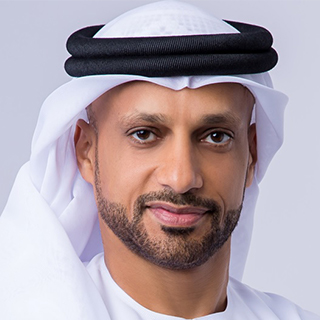Blog
Session (2): MENA Steel Market Landscape
The Middle East and North African steel industry has suffered from reduced demand on account of previously lower oil prices and the Covid-19 impact. However, steel imports into the region have declined as local mills increase self-sufficiency and authorities impose tighter trade controls. Exports, meanwhile, have grown, as MENA mills gain a foothold in international markets. Since liberalising steel exports in 2017, largest regional economy Saudi Arabia’s steel trade deficit has narrowed considerably. What progress have its mills made in establishing themselves in global markets? The Saudi rule of origin decree has meanwhile seen steel imports into Saudi Arabia from other Gulf Cooperation Council countries drop to almost zero low levels since July, removing an important market for many suppliers. How have mills in other GCC countries reacted to this? What has been the response of the GCC’s steelmakers to the increasing push for steel certification within the bloc? How have mill margins been impacted by increasing input costs and inflationary pressure? Have suppliers struggled with supply chain disruptions? Re-rollers’ margins have meanwhile recently been under severe pressure, with rebar and billet prices pegged at similar levels. Does this spell the end for the re-rolling model? The outbreak of war in Ukraine and consequent sanctions against Russia have severely disrupted the supply of raw materials and steel from a major exporting region. How is this affecting MENA mills and steel buyers, and what measures have been/can be taken to mitigate the impact? Have trade flows been redirected? Now that oil prices have rebounded strongly, the 2022 demand outlook has improved for the region’s oil exporters, although this raises the question of whether it will discourage the process of economic diversification which many countries in the region have embarked on. A question mark also remains over investment into regional flat steelmaking capacity, which is considered to be in deficit. Emirates Steel’s hot rolled coil mill aims to reduce the deficit. Essar is also investing in new flat steel capacity in Saudi Arabia. How are these issues likely to develop going forward? This session will aim to answer these questions and forecast the MENA steel market landscape post Covid-19 and Ukraine war.
Key Themes:
- MENA steel demand post Covid-19 and regional demand amid collapse and subsequent rebound in oil prices
- Challenges of GCC long steel producers – re-rolling model under threat?
- Outlook for flat steel consumption in MENA and analysis of reasons for preventing fresh investments in spite of severe flat product shortage
- Sustainability of DRI-EAF route steelmaking, changing share of scrap in feedstock mix
- Will increased steel capacity and protection regulations change the regional steelmaking map and affect the role and place of Turkish, CIS and Asian suppliers in the MENA steel market?
- Algeria’s rapid rise as a regional DRI and steelmaking hub – wider regional impact
- MENA steel export push, progress in establishing presence in global markets
- Saudi rules of origin impact on Saudi steel sourcing and GCC suppliers
- Increasing input costs/inflationary impact
- Re-rollers’ margins under pressure – end of model?
- How has the rerouting of global trade as a result of the war in Ukraine impacted the MENA steel market?
- Do steelmakers anticipate stronger steel demand in oil exporting countries on account of the post-war jump in oil prices? Will demand in oil importing countries suffer?
(Order according to alphabetical sequence)

Ahmed Kalifa
Chief Manufacturing Officer


Meshary Al-Judaimi
Chairman of the Board
Foulath Holding | Bahrain Steel


Saeed Al Remeithi
Group CEO


Salah Al Ansari
President - HADEED


Yousef Al-Muhannadi
General Manager / Chief Executive Officer

MODERATOR

Yuliya Filali Ansary
Editor















